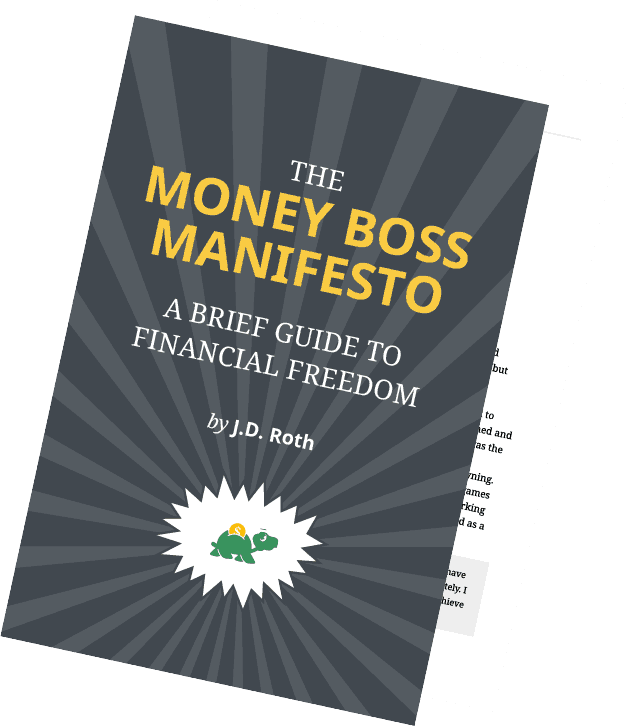A lesson in speaking up for yourself: I saved $575 for a moment of discomfort
Today, I want to share a small victory.
Like all humans, I have flaws. One of mine is that I hate confrontation. It's a family thing. I'm not sure why, but none of us like conflict. Sure, this trait has some upsides. My brothers and I don't get into a lot of arguments and fights with our family and friends. And when we do have conflict, we do our best to resolve things quickly.
But this conflict avoidance has some enormous downsides. When trying to make peace, for instance, we're likely to give far too much in an effort to reach compromise quickly. Plus, we don't like to negotiate. Negotiation is, inherently, conflict. No thanks!
Drama in real life: Moving Mom to memory care
Today, I did the second-hardest thing I've ever had to do: I took away Mom's cat.
Mom's assisted living facility called last Thursday. "We strongly encourage you to consider moving your mother to memory care," the director told me. "I know we talked about this a year ago, and at that time you and your family decided she wasn't ready. We think she's ready now. She's refusing her meds. She's refusing to eat. She's wandering. She's more confused than ever."
I phoned my brother, Jeff, who has handled the bulk of Mom's care since she moved to Happy Acres a decade ago. "What do you think?" I asked.
The leak in our bathroom ceiling
Ah, the joys of homeownership.
Remember the peeling paint in the bathroom ceiling that I mentioned last week? The peeling paint that I felt certain was due to humidity from the shower and lack of adequate ventilation? Well, I was wrong. The paint is peeling because we have a leak in the roof.
It seems to be a small leak, but it's a leak nonetheless.
Drama in real life: Making planned gifts before death
My mother's health has been declining over the past few months, and it's produced a wee bit of year-end financial drama in our family. (The word "drama" is a bit of an exaggeration. Maybe it's produced some year-end financial consternation?)
As long-time readers will recall, my mother has been in assisted living for more than a decade now. She lives a mellow life filled with television, her pet cat, and a regular routine. Because she has cognitive problems, it's difficult for her to communicate. The doctors call her "non-verbal", and they can't explain the cause. She cannot form complete sentences (sometimes two words is tough!), and it seems as if she cannot formulate complex thoughts. It's a mystery to everyone.
Today — at this very moment — my brother is driving my mom to the emergency room. It's her third visit in six weeks, and it's always the same issue: vomiting, dehydration, confusion. During the previous two episodes, a few days of hospital rest helped her, and she returned to the assisted living facility feeling better (and actually able to carry on a basic conversation, like you might have with a two-year-old).
Keeping a home improvement projects to-do list
My Christmas curse continues! You see, for a long time now — almost thirty years — Christmas has become synonymous with home problems for me.
This all started in the first home that Kris and I owned back when we were newly married. We woke one Christmas morning to find that the water heater had overflowed, flooding the laundry room and much of the converted garage. Unfazed, we cleaned up the mess and spent our holiday without hot water. It was fun!
Since then, I've experienced a long line of home problems on Christmas day: frozen pipes, broken gutters, fallen fences, and more. And this year? Well, this year's issue was minor...but may lead to a major repair.
Grading homes: The system I used when picking a new place to live
This morning — because the sky was clear and I hadn't anything better to do — I let the dog lead me on a six-mile walk. For two hours, we wound our way through the streets of Corvallis. We sniffed drains, barked at squirrels, and in every way had a merry old time.
If I'd allow her, Tally would spend hours every day sniffing drains around the city.

The value of a college degree
I'm a long-time vocal proponent of higher education. For me, it's personal. I was raised in a poor family with parents who had briefly attended college, but never with any real gusto. (I'm not sure my father had a plan. My mother studied home economics. Not kidding.)
My uncle got a math degree from a now-defunct community college, and his son (my cousin Duane) went to school back East. I'm not sure if he got a degree, though. (I'll ask him tomorrow when we get together to bake Christmas cookies!)
But from a young age, I knew that I wanted to go to college. I knew I was a smart kid, and I viewed college as a Way Out. It was an escape from the trailer house I grew up in, an escape from menial labor.
A useful new tool to help you pick a place to live
Every now and then, The New York Times gives us an awesome new personal finance tool. Back in 2007, they created an amazing rent vs. buy calculator, which they've diligently updated and maintained over the past fifteen years. A couple of weeks ago, they unveiled their where should you live? tool. [Warning: possible paywall, which is unfortunate.]
Here's how it works:
We created a quiz using data for almost 17,000 places across more than 30 metrics. Realtor.com shared housing prices with us; Yelp contributed tallies of restaurants, music venues and gay bars; and AccuWeather helped us collect statistics on temperature, sunshine and snowfall, to name just a few of our sources.
Learning from history: How this all happened
The older I get, the more interested I am in history.
When I was young, history and myth seemed to be interchangeable to me. To ten-year-old me, there was little difference between, say, Abraham Lincoln and the Greek gods sitting atop Mount Olympus. All of it was abstract stuff that happened to imaginary people long ago.
Somewhere along the way — in my late teens, I think — history began to seem relevant. During my junior year of college, I took a course on Pacific Northwest history and my eyes were opened. I could see in my own life how events decades ago (or hundreds of years ago or thousands of years ago) created the actual world in which I lived my day-to-day existence.
Amazon Brand Detector
Two months ago, The Markup — a big-tech watchdog site — published a piece about how Amazon prioritizes its own "brands" first above better rated (and/or cheaper) products. This came as no surprise to me.
I've found Amazon increasingly useless over the past few years. Its search results are cluttered with ads. Sometimes my searches fail to show products I know the company stocks and sells. And Amazon Prime has lost its luster as shipping times have lengthened and Prime Video has become increasingly superfluous.
So, to learn that Amazon cheats search results by crowding out better and cheaper products in favor of it own stuff was no big shock. Yet another reason for me to take my business elsewhere, when possible. From the article:
